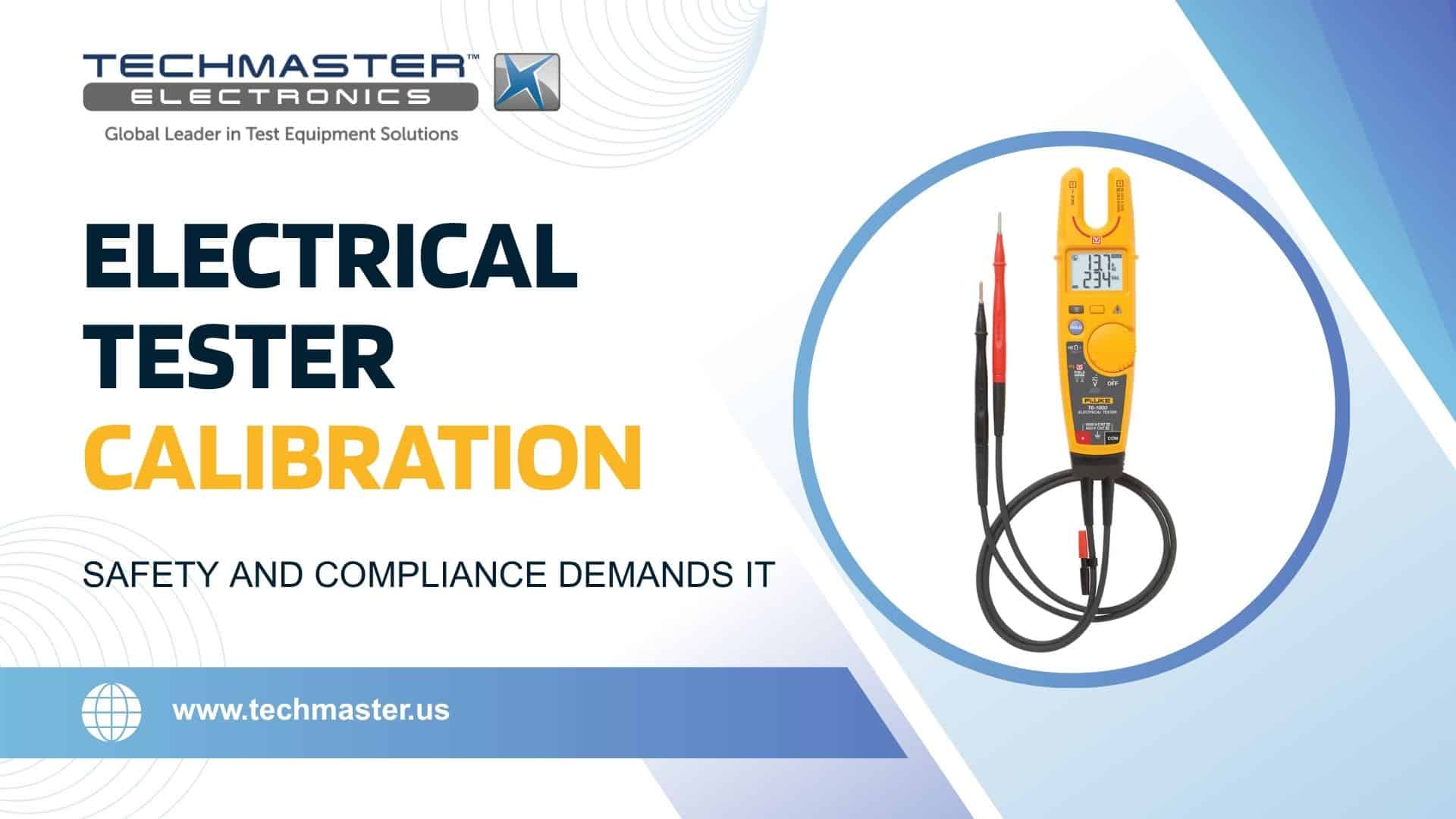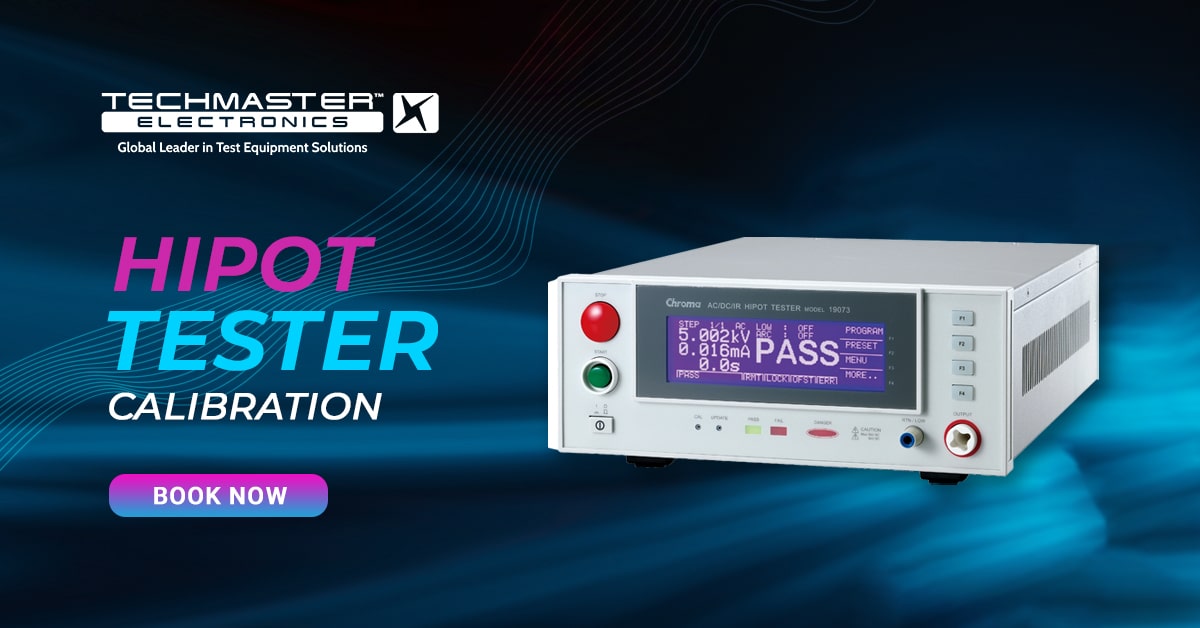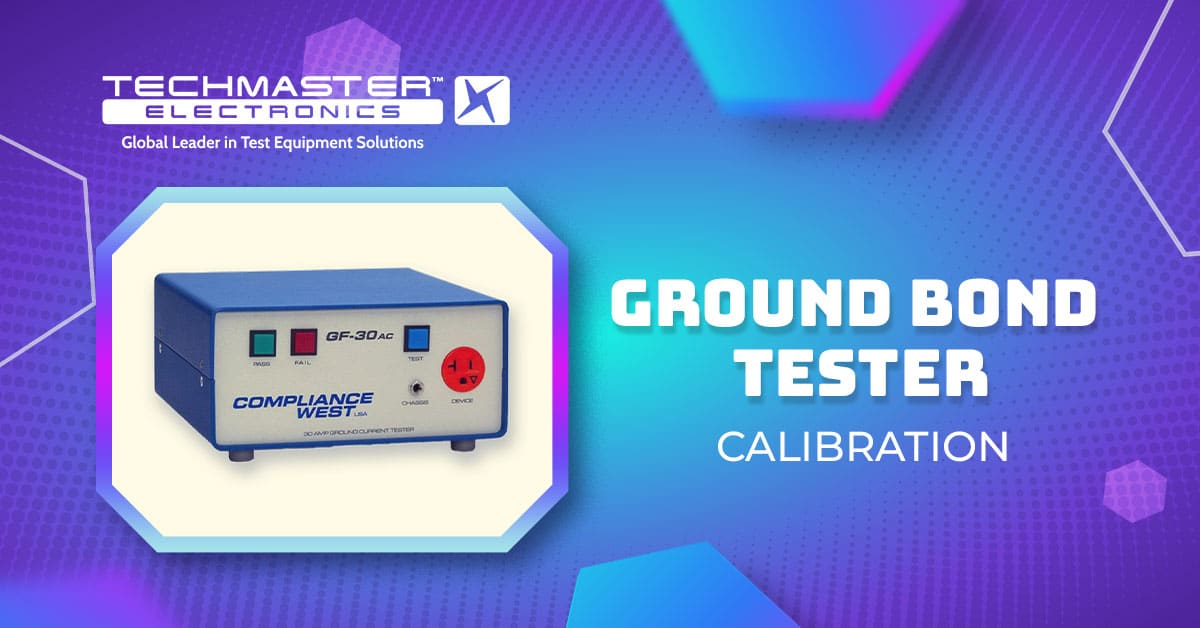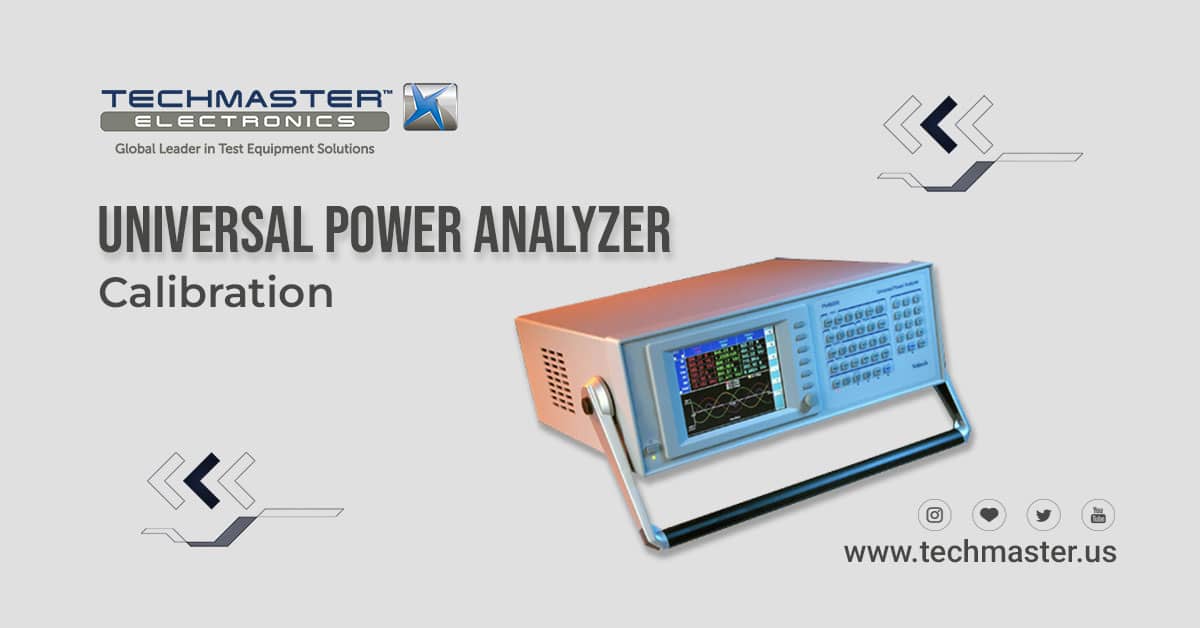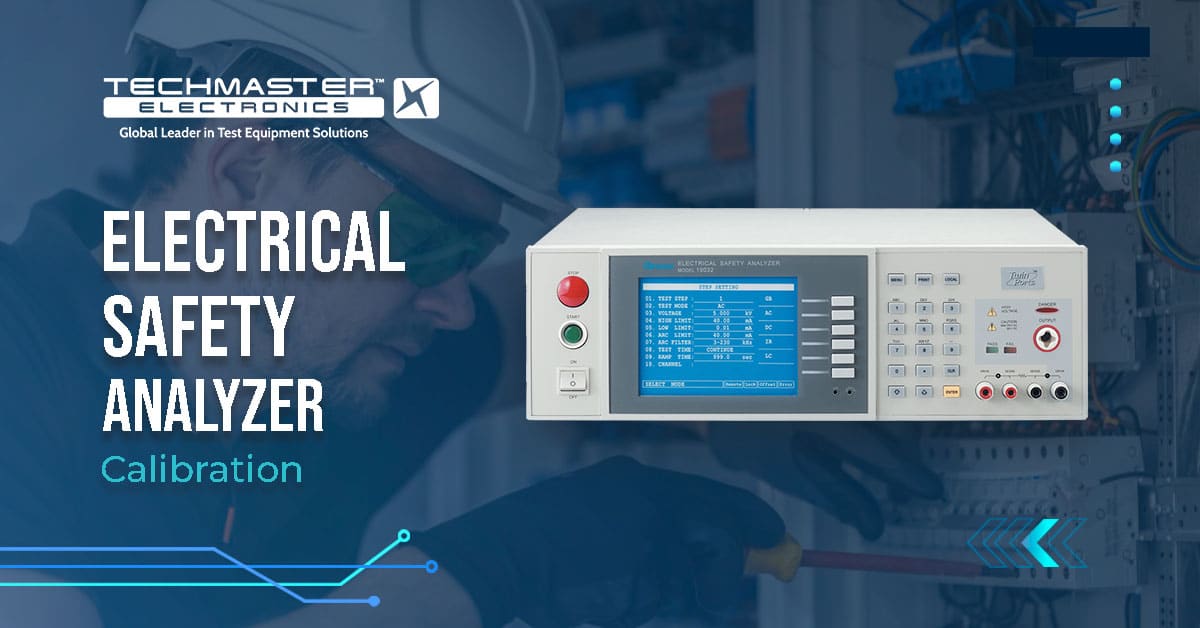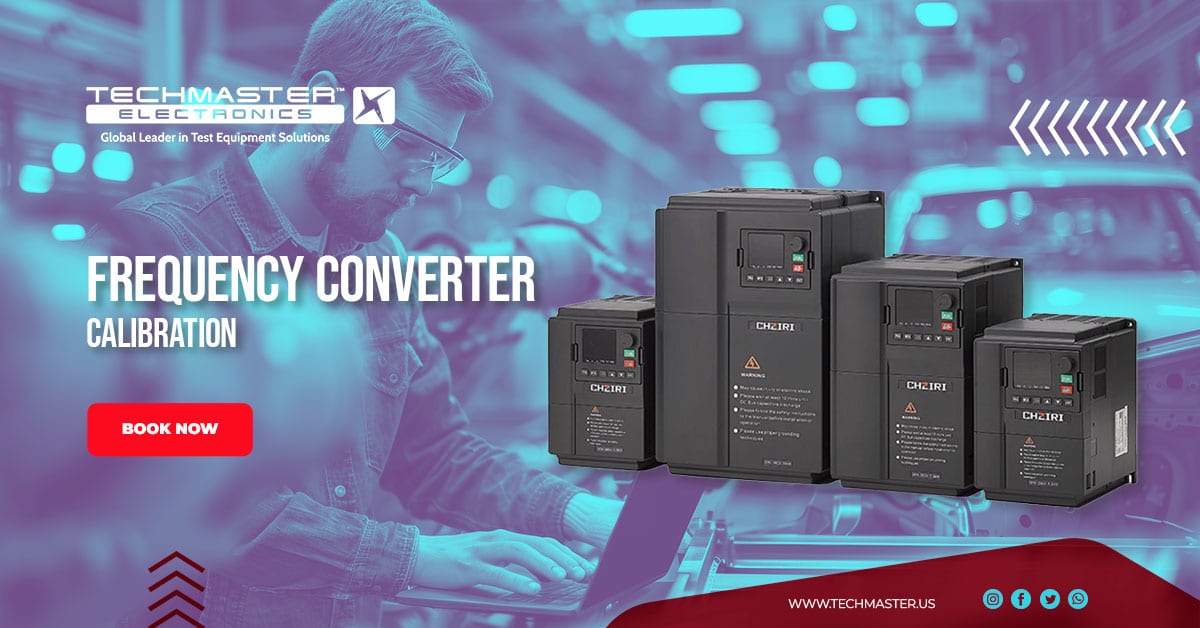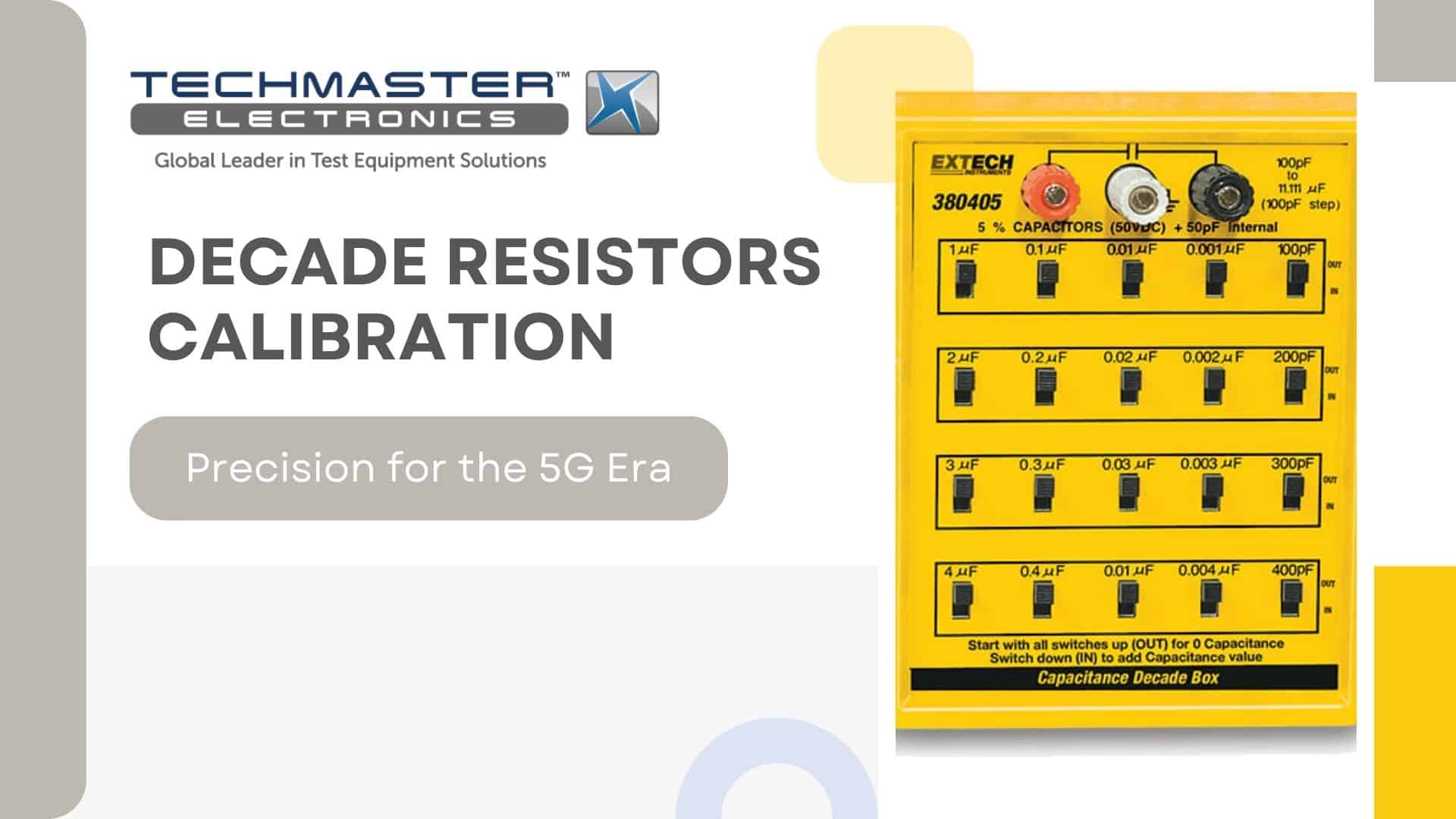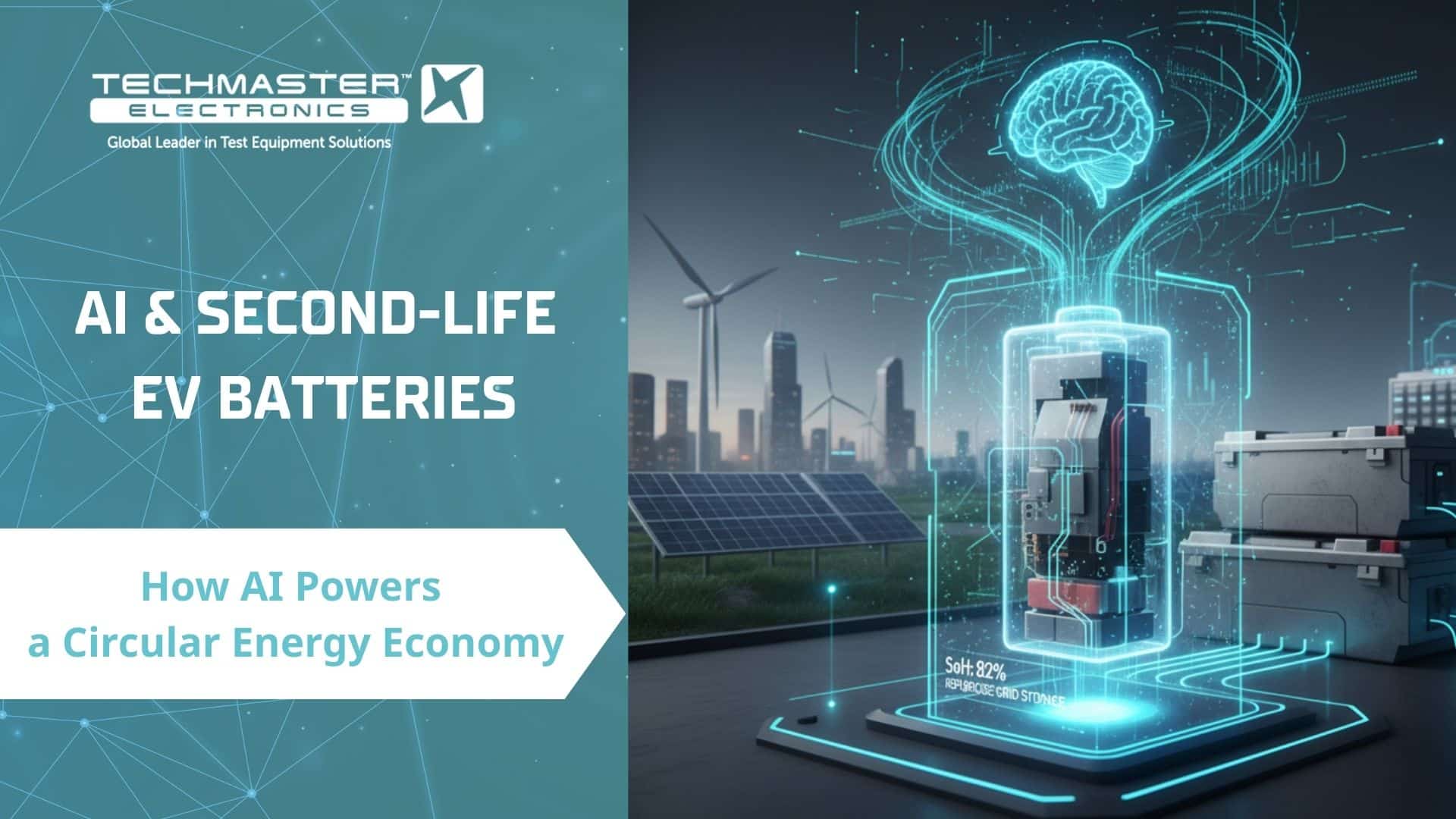Introduction
In industries where precision power matters, frequency converters are essential. These devices allow equipment designed for one frequency to operate reliably on another, such as converting 60 Hz to 50 Hz for imported machinery or delivering 400 Hz for aerospace applications. But no matter the application, frequency converter calibration is critical to ensure safe, compliant, and efficient performance.
Without regular calibration, converters can drift from their specifications, leading to inaccurate power delivery, costly downtime, or even regulatory non-compliance. This article explains the importance of frequency converter calibration, typical testing procedures, standards in the US, and how Techmaster Electronics delivers trusted calibration services for engineers, QA managers, and procurement teams.
What Is a Frequency Converter?
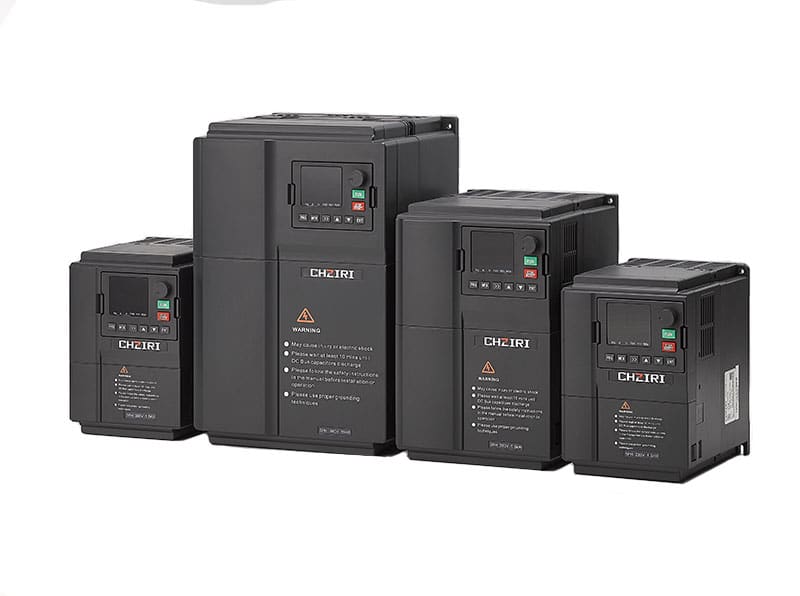
A frequency converter is an electrical device that changes the frequency of an AC power source. Its core architecture usually consists of three stages:
-
Rectifier – converts AC to DC.
-
DC Link – stabilizes power.
-
Inverter – generates new AC output at the desired frequency.
This capability allows organizations to operate equipment across different regions, simulate international conditions in labs, and support specialized environments such as aircraft testing. Unlike standard inverters or UPS systems, frequency converters are purpose-built for accurate, stable, and adjustable frequency output.
Applications of Frequency Converters
Frequency converters are widely used in:
-
Industrial Manufacturing: Running imported machinery (50 ↔ 60 Hz conversion).
-
Research & Development: Simulating global power standards for product testing.
-
Renewable Energy: Matching grid frequency requirements.
-
Aerospace & Defense: Delivering stable 400 Hz power for avionics, radar, and ground support units.
While 400 Hz converters are niche, they serve as a powerful example of why calibration matters—aircraft systems depend on flawless 400 Hz supply.
Why Calibration and Testing Matter
For engineers and technicians, calibration verifies the technical accuracy of power outputs. For QA managers and procurement teams, it ensures compliance with standards like ISO/IEC 17025 and ANSI/NCSL Z540.1. And for businesses overall, it reduces the risks of:
-
Downtime caused by power delivery errors.
-
Product failures in mission-critical environments.
-
Non-compliance with customer or regulatory requirements.
Routine frequency converter calibration therefore protects both performance and reputation.
Ensure your converters deliver the precision your business depends on. Contact Techmaster for expert frequency converter calibration services today.
Standards for Frequency Converter Calibration in the US

Calibration of frequency converters is guided by strict standards:
-
ISO/IEC 17025 – The international benchmark for calibration labs. Techmaster is accredited to this standard by ANAB, ensuring global recognition.
-
ANSI/NCSL Z540.1 – A US quality standard often required in aerospace and defense.
-
NIST Traceability – Ensures all measurements link back to national standards.
-
UL 1012 & NFPA 70 (NEC) – Electrical safety requirements.
-
IEEE 519 & IEEE 1159 – Power quality and harmonic distortion standards.
-
MIL-STD-704 & MIL-STD-1399 – Defining 400 Hz requirements in aerospace and naval applications.
By aligning with these standards, calibration providers like Techmaster give customers peace of mind that their equipment performs to the highest technical and regulatory expectations.
Typical Testing Procedures for Frequency Converters
Calibration involves a combination of verification, testing, and adjustment steps. Common procedures include:
-
Frequency stability testing – Confirming accuracy within ±0.5% or better.
-
Voltage regulation – Measuring stability of voltage output under load.
-
Harmonic distortion (THD) – Ensuring sinewave purity, often <2% for sensitive equipment.
-
Load and overload testing – Evaluating performance at 0–100% load and beyond (110–150% short-term overload).
-
Transient response – Measuring how quickly the converter recovers when loads change suddenly.
-
Efficiency and burn-in tests – Verifying long-term reliability under operating conditions.
-
Safety & EMC compliance – Confirming conformance with UL, MIL-STD-461, and other EMC standards.
These procedures ensure converters provide stable, clean, and compliant power across their operational life.
Calibration Frequency
Frequency Converter Calibration Intervals (Industry Survey)
Annual 55% • Semi-Annual 30% • Reactive 15%
Preferred in general manufacturing
55%
Common in aerospace & defense
30%
Higher risk of downtime/compliance
15%
Tip: Preventive calibration reduces unplanned downtime and total cost of ownership.
Recent industry insights highlight how often companies perform frequency converter calibration:
-
55% of companies follow the standard practice of calibrating their converters annually. This is common in general manufacturing and ensures compliance with most internal QA systems.
-
30% of organizations—especially in aerospace and defense—opt for semi-annual calibration, recognizing the higher risks of downtime and compliance failures in mission-critical environments.
-
15% of businesses only calibrate reactively (when an issue arises). While this reduces short-term costs, it often leads to greater risks of unexpected failures, costly downtime, and non-compliance penalties.
This comparison shows that industries with strict regulations (aerospace, defense, pharmaceuticals) are far more proactive, while others may delay calibration until problems appear. The takeaway is clear: preventive calibration provides far greater assurance than reactive approaches.
Case Study: 400 Hz Frequency Converter in Aerospace
In aerospace, 400 Hz is the standard because it reduces equipment size and weight. A frequency converter powering avionics must deliver precise 115/200 V at 400 Hz, with minimal harmonic distortion.
Testing typically includes:
-
Load simulation across avionics equipment.
-
Transient response under sudden system startups.
-
Verification against MIL-STD-704 standards.
This case illustrates why calibration is more than a formality: a miscalibrated converter could cause cascading failures in aircraft systems.
Calibration Services for Different Needs
Not every organization requires the same level of documentation. Techmaster provides three tiers of service.
-
Commercial Calibration – NIST traceable certificate for general use.
-
ANSI/NCSL Z540.1 Calibration – Adds test data and accuracy ratios, often required in aerospace contracts.
-
ISO/IEC 17025 Accredited Calibration – Includes full uncertainty reporting under ANAB accreditation, essential for regulated industries and international compliance.
This tiered structure lets clients choose the right balance of assurance and cost.
What’s at stake if calibration is overlooked?
Cost & Risk of Skipping Frequency Converter Calibration
Uncalibrated vs. regularly calibrated units
Skipping calibration raises maintenance costs by 20% and downtime events by 15% annually.
Skipping or delaying frequency converter calibration comes with measurable costs and risks. Industry data indicates that:
-
Maintenance costs are on average 20% higher for uncalibrated converters compared to regularly calibrated ones.
-
Unplanned downtime events increase by 15% annually when converters are not maintained to specification.
-
In aerospace and defense, a single compliance failure linked to calibration drift can cost over $50,000 per incident in penalties, rework, and potential safety investigations.
These figures underline a clear message: while calibration requires an upfront investment, the long-term savings in reduced downtime, lower maintenance, and compliance assurance significantly outweigh the costs of inaction.
Techmaster’s Capabilities in Frequency Converter Calibration

With more than 30 years in the calibration field, Techmaster offers broad electrical and frequency measurement capabilities, including:
-
Calibration of AC/DC power sources, frequency counters, and multifunction calibrators
-
Traceability to NIST and compliance with ISO/IEC 17025:2017 across US labs (Vista, Fremont, Orlando, San Antonio)
-
On-site calibration services for large or critical equipment, reducing downtime
-
A customer portal for managing certificates, recall notices, and equipment lists online
For frequency converters, this means precise verification of voltage, frequency, and waveform quality against the strictest standards.
Leading Manufacturers and Models
While Techmaster services equipment from many manufacturers, common frequency converter brands in the US include:
-
Ametek/Elgar – CW and Asterion AC series.
-
Pacific Power Source – MS and AFX series.
-
NH Research – 9420 regenerative AC power source.
-
Behlman Electronics – P1350, FC5003 rugged 400 Hz converters.
-
Unitron Power Systems – Ground power units for aerospace.
Techmaster’s broad scope allows calibration and testing across these and many other brands, ensuring flexibility for diverse industries.
Why Businesses Trust Techmaster
Clients turn to Techmaster because calibration is not just about certificates—it’s about confidence. With accreditation, on-site flexibility, and decades of expertise, Techmaster ensures:
-
Reduced risk of failure and downtime.
-
Compliance with international and US standards.
-
Transparent reporting with traceability to NIST.
-
Full-service lifecycle support, including repair and rentals if equipment fails calibration
Conclusion
Frequency converter calibration is the backbone of reliable operations in industries as diverse as manufacturing, aerospace, and research. By following rigorous testing procedures and meeting international standards, organizations can safeguard performance, compliance, and reputation.
Techmaster Electronics stands out as a trusted partner, offering accredited services, flexible delivery, and customer-focused tools that simplify calibration management. Whether you manage a production floor, an aerospace QA program, or are just beginning to explore calibration requirements, Techmaster delivers the accuracy and assurance your business needs.
Looking for ISO/IEC 17025 accredited calibration for your frequency converters? Contact Techmaster to request a quote and experience calibration services you can trust.



